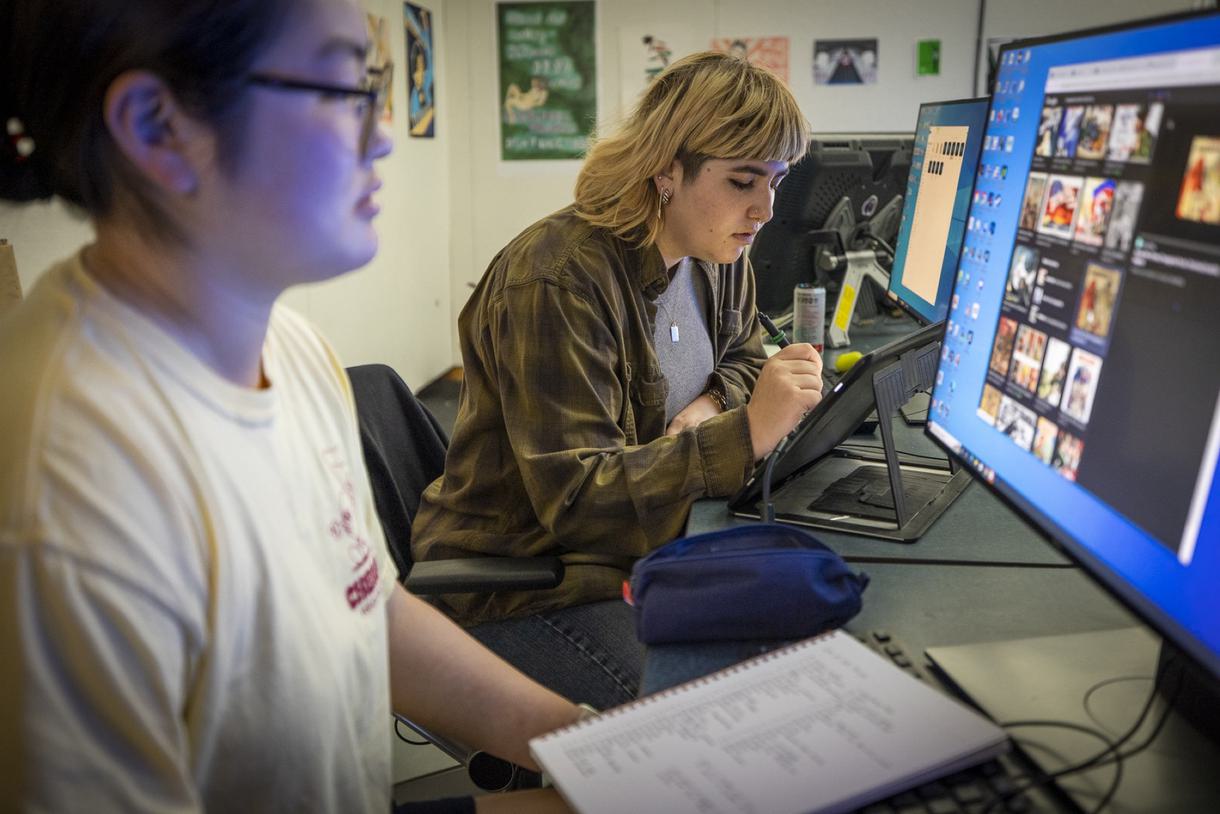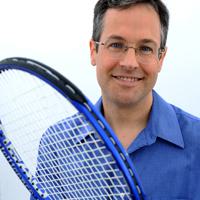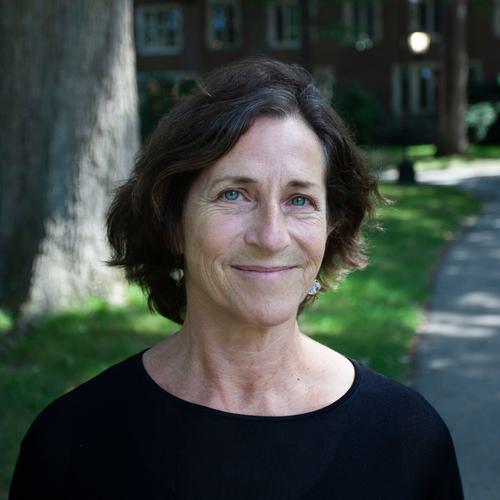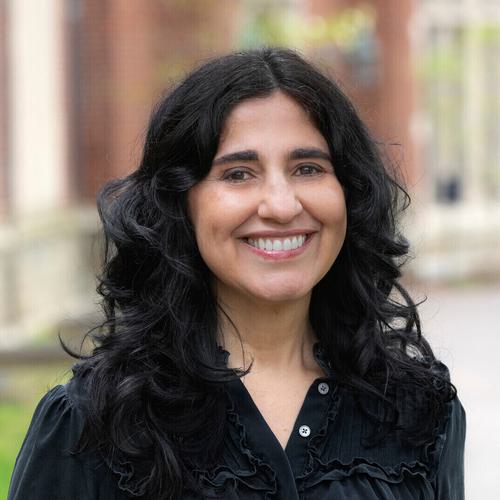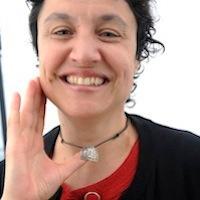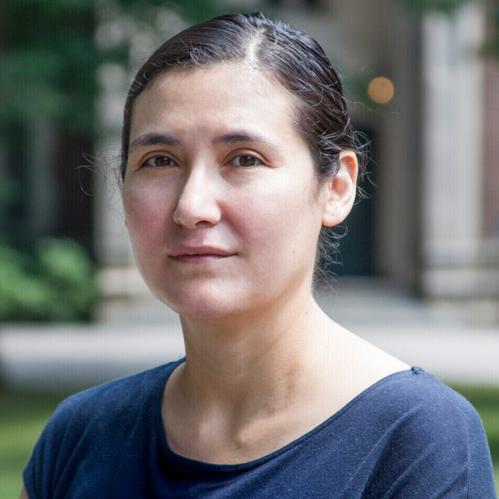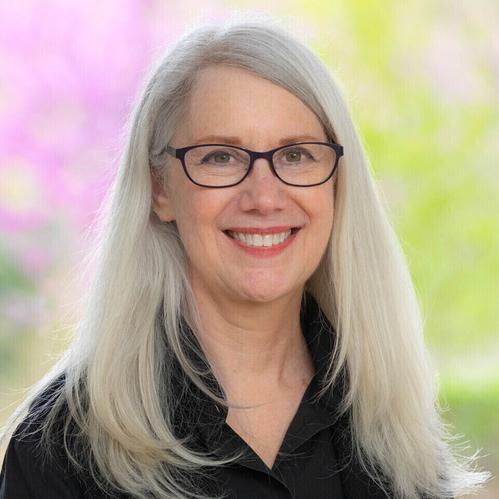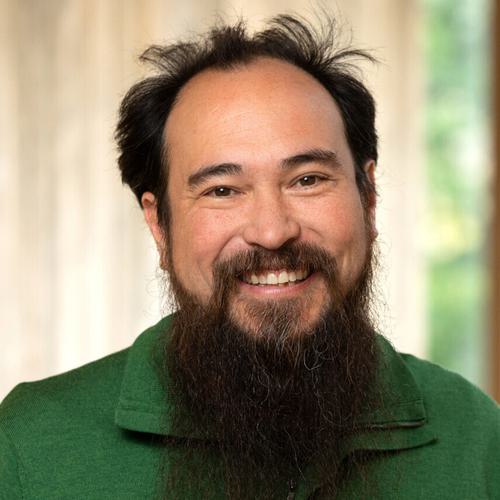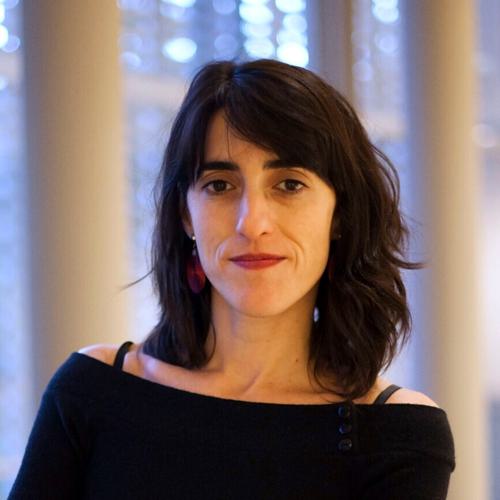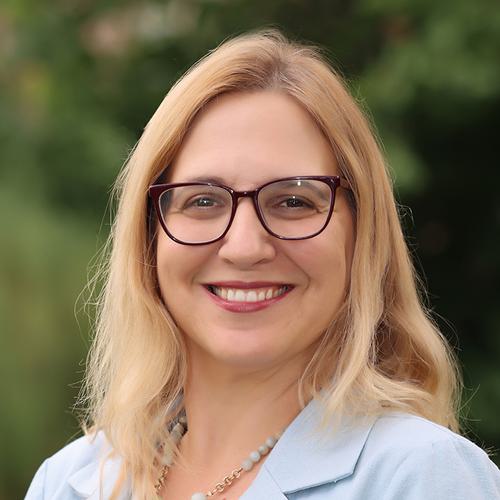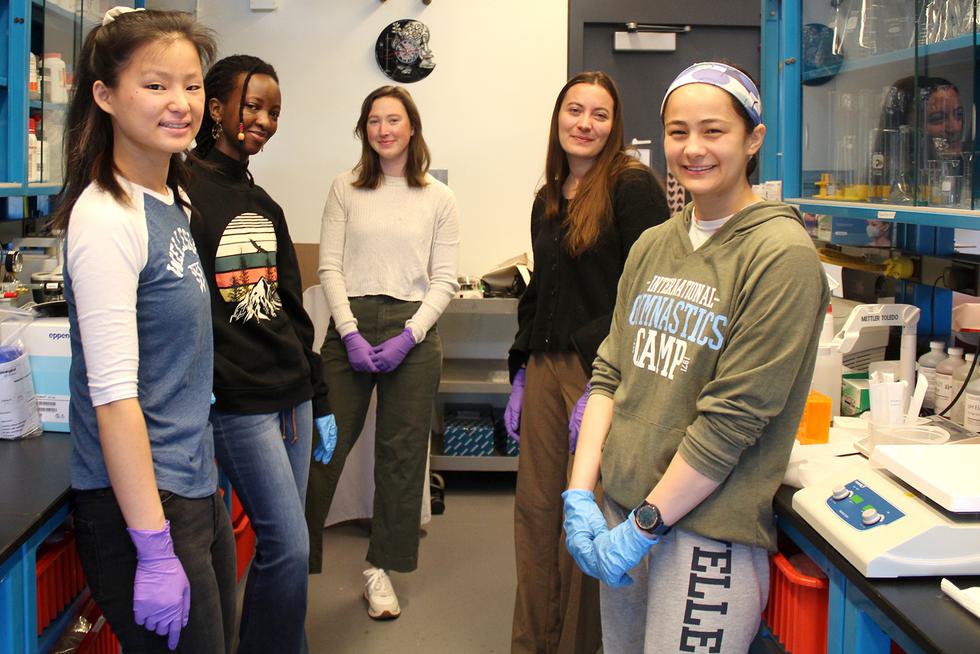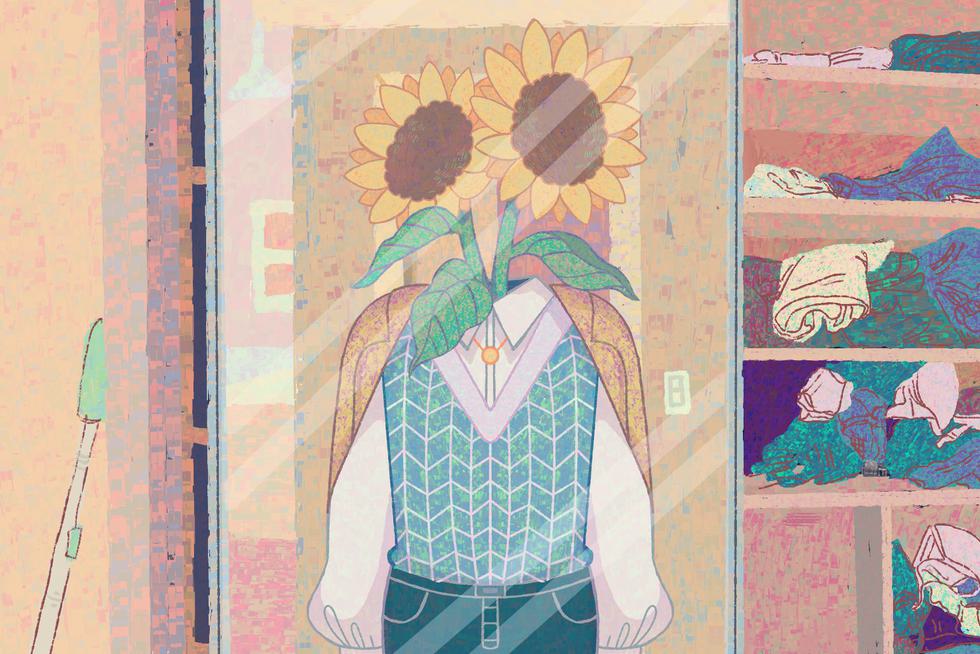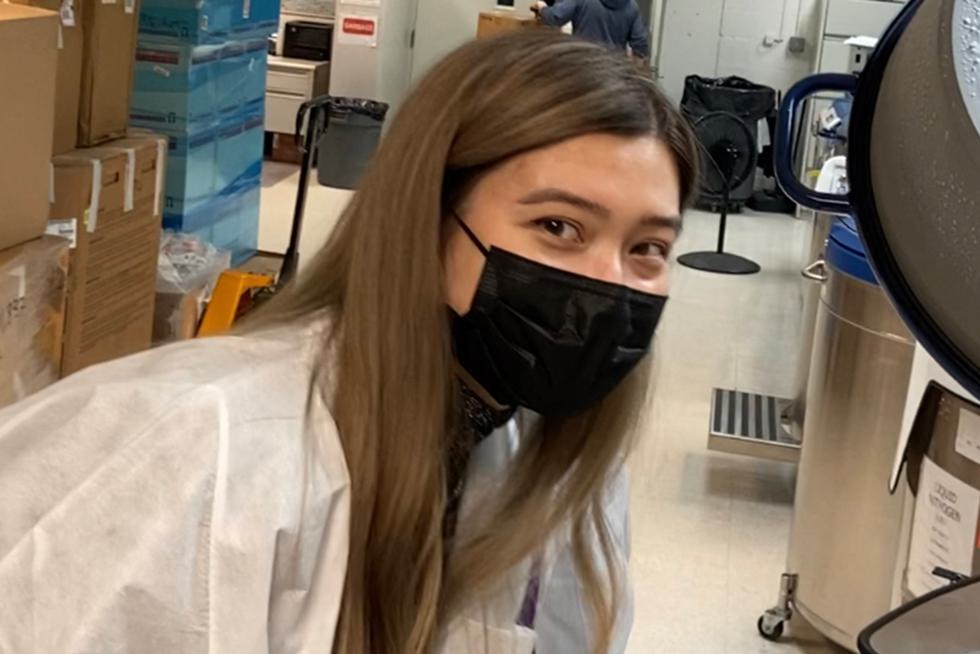Media Arts & Sciences
Academic Program Introduction
Media Arts and Sciences (MAS) is an interdisciplinary program jointly supported by the computer science and art departments with abundant resources in both departments. Our focus is on media creation that balances artistic sensibility with analytical reasoning. Core classes teach students technical fluency in a wide variety of media and encourage them to engage in a larger critical framework grounded in an outstanding education in the liberal arts.
Learning goals
Work actively with both the creative production and analytical sides of technology to produce digital media that is conceptually, aesthetically, and technically competent.
Identify the historical and contemporary trends shaping the development and reliability of digital media applications as well as their impact on individuals, communities, and society at large.
Demonstrate competency in art theory, art practice, and digital media design, and technical proficiency in haptic and digital tools.
Develop the skills required for effective collaboration within diverse teams in order to solve complex problems and create innovative digital media content and applications.
Example tracks
UX/UI: Research human-computer interaction and use web-connected database architectures to prototype and produce digital user interfaces.
Game development: Design and produce playable media, and critique and analyze the social impact and meaning of games.
Video production: Explore historical and contemporary trends shaping digital media, including videos, cinema, and photography, and apply this knowledge to original video/mixed media productions.
Digital design: Use technology to create art in both two- and three-dimensional modeling/visualization, drawing from historical and contemporary technological applications
Programs of Study
Media arts and sciences major
Students examine, analyze, interpret, and critique digital media applications to achieve a well-rounded understanding of both art and computer science.
Course Highlights
This advanced-level projects class centers on the production and critique of individual lens-based media, including film/video, photography, and digital time-based media. Students will develop semester-long projects and will articulate their artistic process through a series of presentations and critiques over the semester structured alongside screenings, readings, invited lectures, and discussions that investigate various positions from artists and directors on the dynamics of space on screen. This is a project-based rather than an assignment-based class, and students will be encouraged to try new techniques and exercises as their work progresses over the semester. Students work individually and in groups and will participate in their peers' production exercises.
(ARTS 365 and CAMS 335 are cross-listed courses.)-
How can the complexities of Cultural Heritage be captured in digital form? Can advanced media visualizations, such as Augmented and Virtual Reality, give new insights on diverse global cultures? Can public dissemination of research using gamification positively impact our lives in the present? What ethical responsibilities do scholars have when digitizing material from ancient and contemporary communities? How can we ensure that our digital cultural achievements last as long as pyramids built in stone? This course will pair readings on the theory, practice, and ethics of visual and public digital humanities cultural heritage projects. Online archival resources for cultural heritage are at the forefront of developing public digital humanities. The digital archive resources used in class will be used to critique current trends in digital data capture and open access resources. The final project will be the creation of a new digital cultural heritage resource, presenting content created by students through a digital platform: an interactive archive, augmented or virtual reality, location-based games, or a combination thereof. Students will be offered a choice of visual and textual cultural heritage archive data from the Museum of Fine Arts Boston, UC Berkeley Hearst Museum of Anthropology, and the National Museum of Sudan, or can identify their own open-access cultural heritage archival source of interest. (ANTH 246 and MAS 246 are cross-listed courses.)
-
An intermediate studio course addressing a range of contemporary drawing methods, with considerable attention put towards color, graphic sequencing and pictorial space. Project work integrates print and digital design tools with sustained freehand drawing in wet and dry media. Weekly drawing assignments, readings, and studio discussions consider the graphic conventions of reproducible media, such as the hatched mark, halftone screen, and color separation layer. Building on fundamental concepts introduced at the 100 level, this course helps students strengthen and expand their personal drawing practice and connect it to a wider range of creative disciplines and topics. Following a series of coordinated drawing projects, each student assembles a final portfolio and presents an independent final project. (ARTS 205 and MAS 205 are cross-listed courses.)
Places and spaces
-
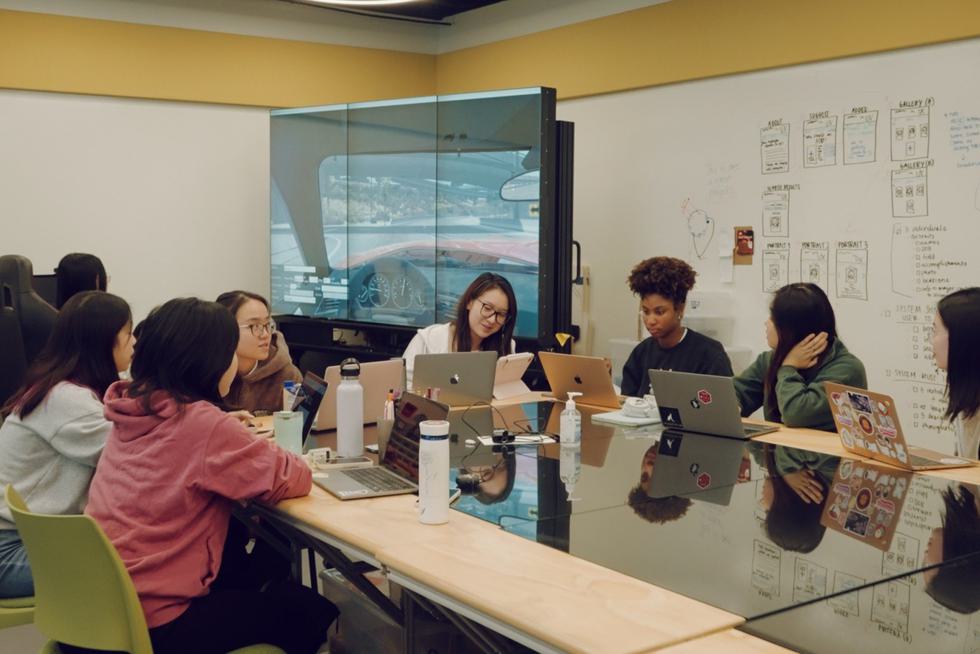
Human Computer Interaction Lab. The HCI lab is an integrated teaching and research space with state-of-the-art technology including a driving simulator, interactive multitouch surfaces, and virtual- and augmented-reality head-mounted displays.
-
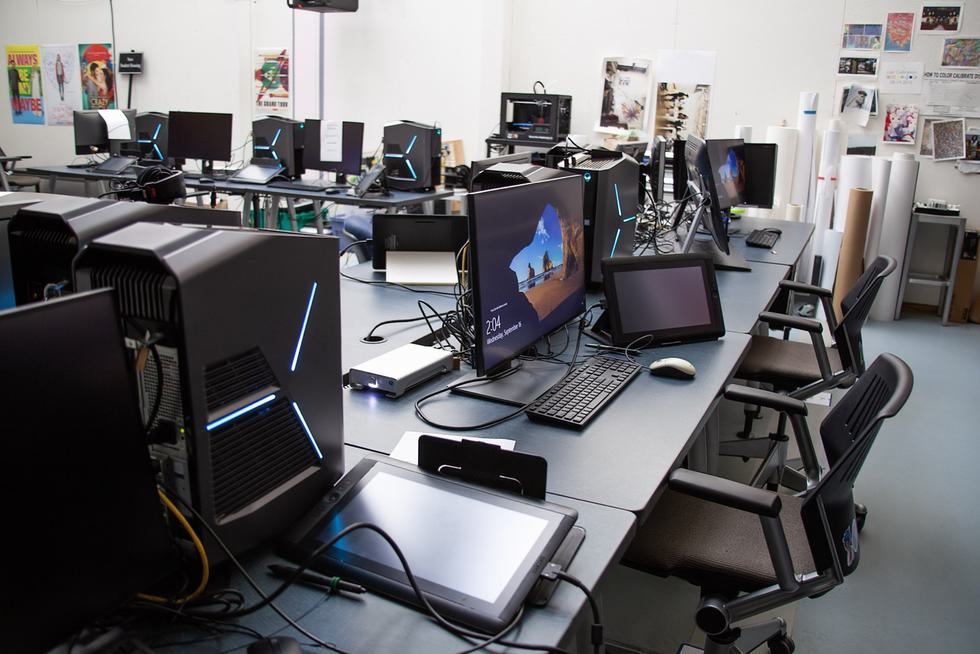
Media Arts Lab. The Media Arts Lab contains 18 Alienware computers with dual monitors and Wacom tablets, as well as high-quality printers, flatbed scanners, an HD projector, a 3D printer, and a vinyl cutter. Installed on the machines are a variety of software packages, including Adobe Creative Cloud, Adobe Lightroom, Apple’s Final Cut Pro X, and Autodesk Maya.
-
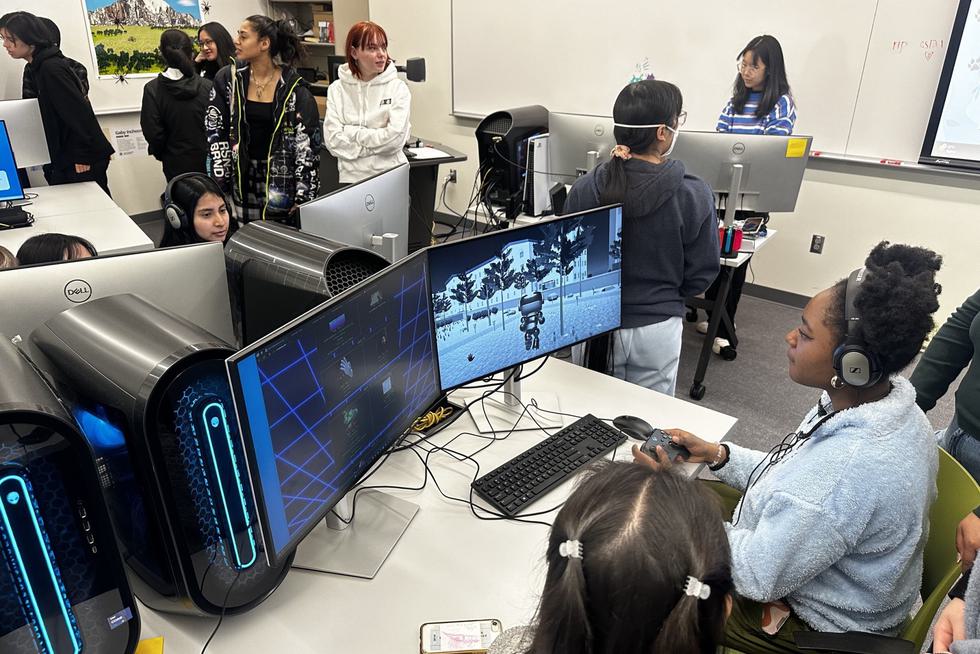
Playable Media Lab. Housing 10 Alienware computers and virtual reality headsets, this lab supports the development of interactive media, such as digital gaming and virtual reality.
-
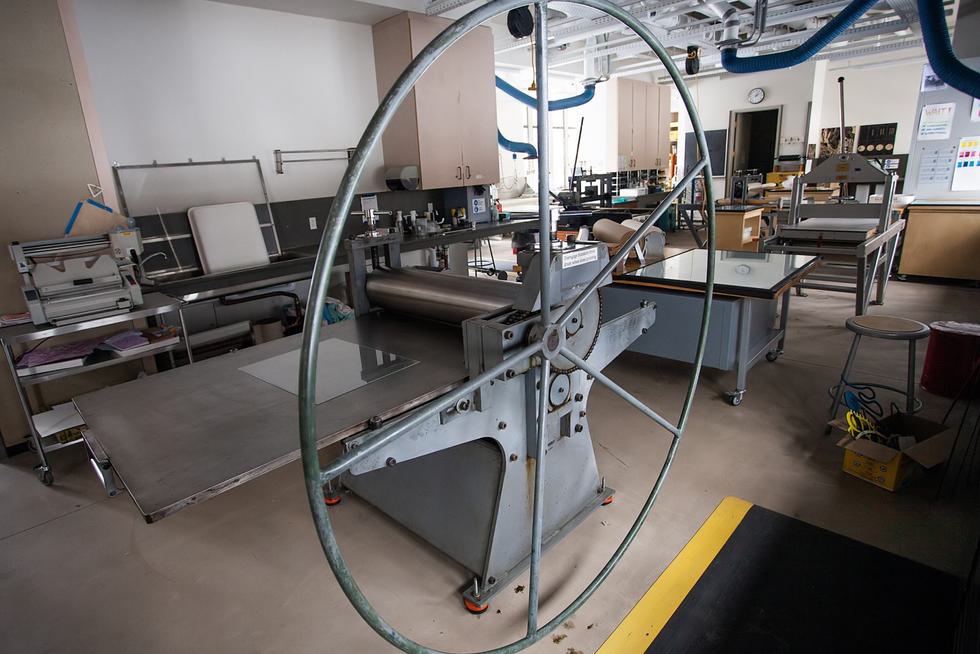
Printmaking studio. Dactyl Press, the Art Department’s printmaking studio, has a variety of presses and other equipment needed to make lithographs, etchings, woodcuts, and many other kinds of prints.
-
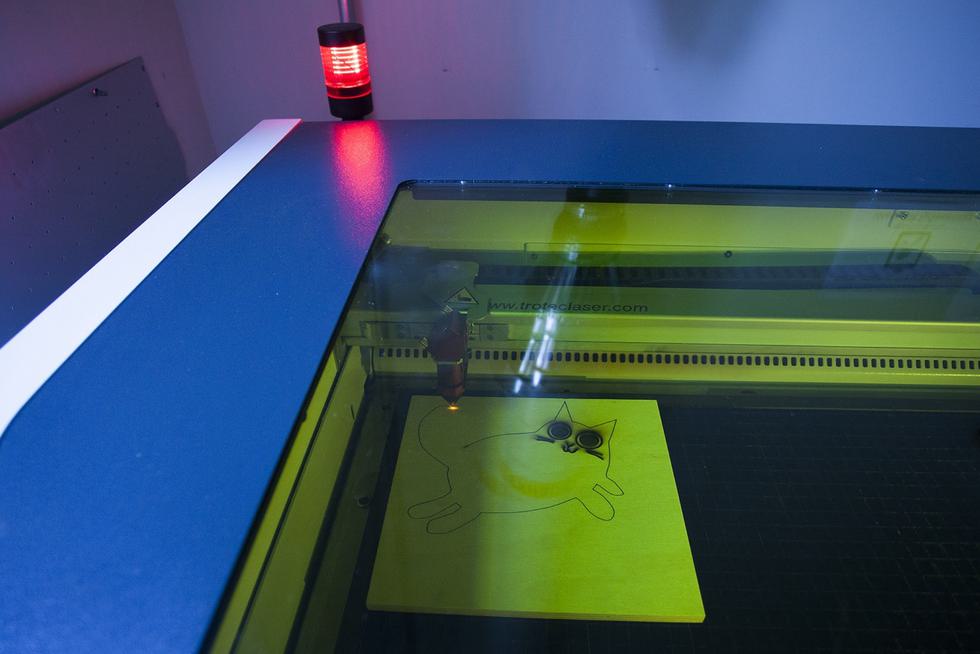
Digital fabrication studios. A number of digital fabrication processes, including 3D printing, laser cutting, vacuum forming, and soldering, are available in the digital fabrication studios. Students create prototypes, props, and works of art that combine digital rendering and preparatory processes with physical materials, exploring new ways of working in both 2D and 3D.
-
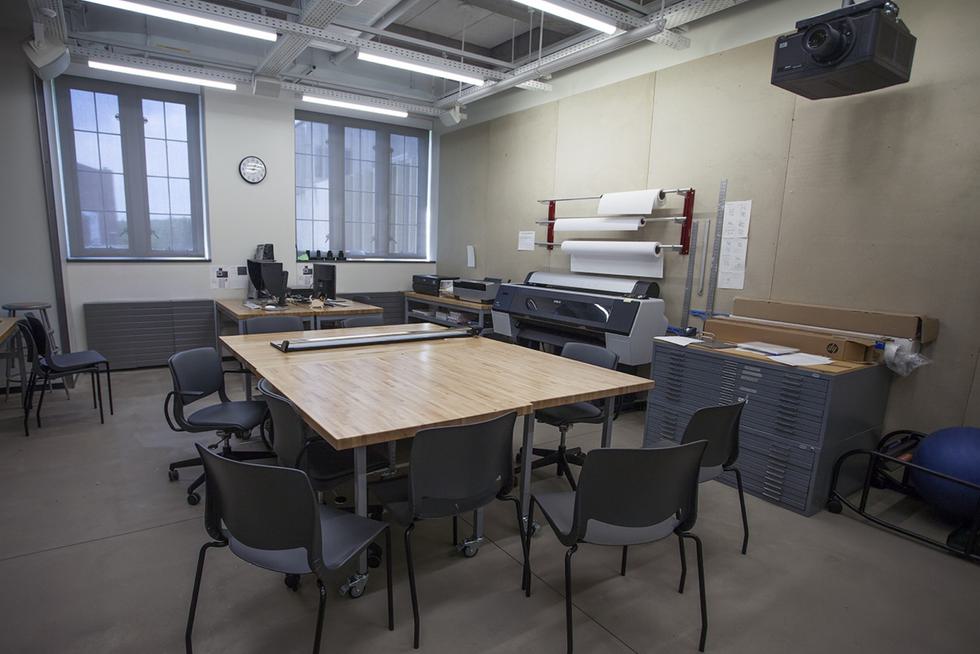
Flex media room. In the digital output and flex media room, students can work on a variety of projects in both physical and digital media using scanners, photo printers, projectors, and computers with color-calibrated monitors.
-
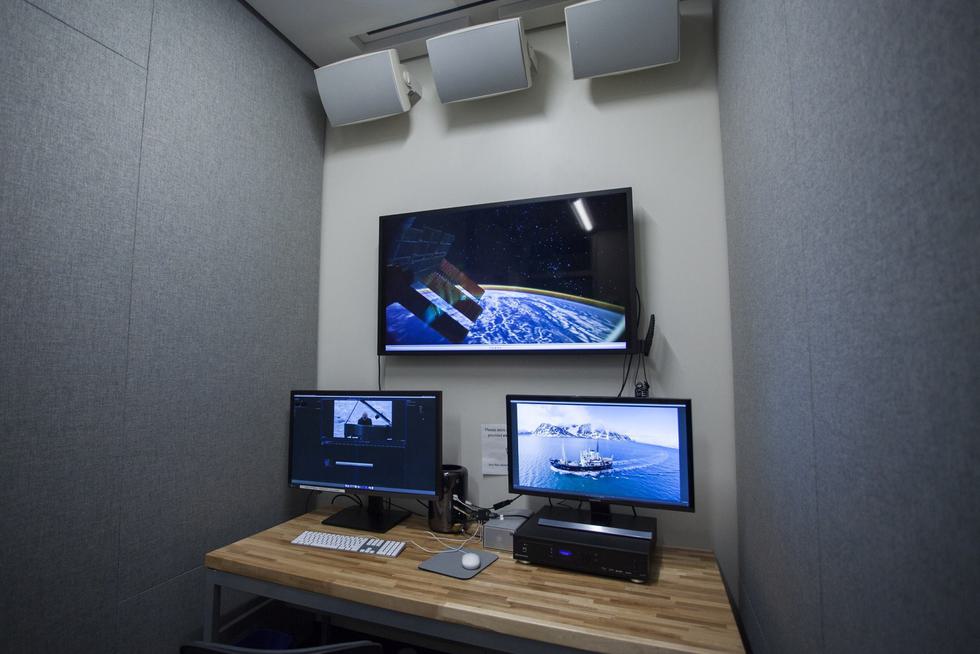
Video editing suites. These soundproofed rooms have permanently installed equipment that facilitates the editing of digital video, animation, and audio-based work.
Research highlights
-
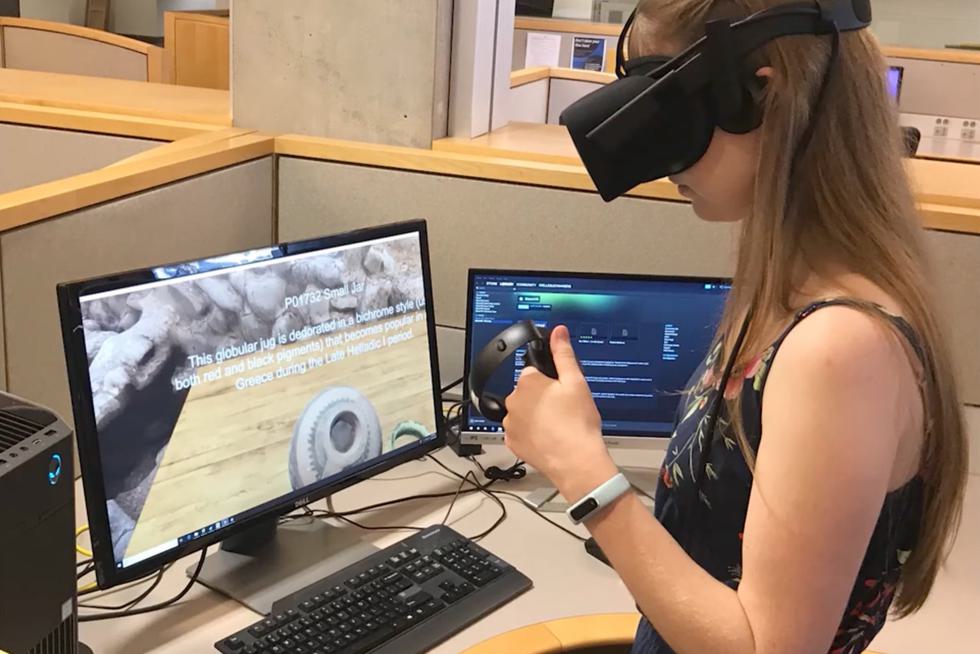
Professor Bryan Burns is a director of the Ancient Eleon archaeological site in Greece. He and Jordan Tynes, lecturer in computer science, have created Digital Eleon, a 3D modeling project that allows researchers to record the site’s architecture and analyze artifacts.
-
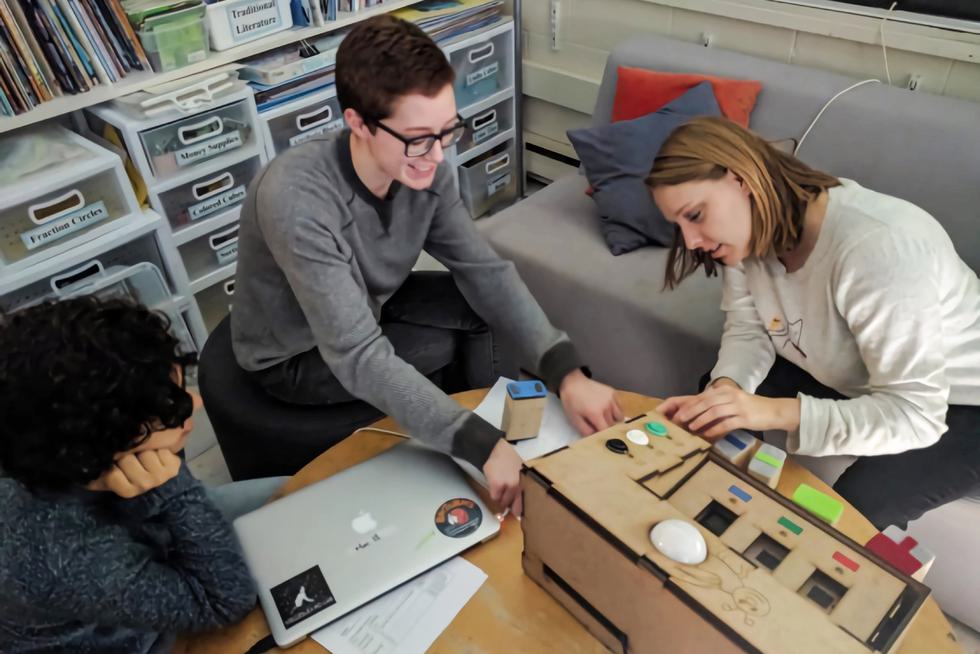
In the Human Computer Interaction Lab, Professor Orit Shaer and Wellesley postgrad research fellows collaborated with Tufts University to develop CRISPEE, a tool that allows children to explore bioengineering, gene editing, and ethics. Funded by the National Science Foundation, CRISPEE as undergone three iterations, with input from teachers and hands-on testing by over 100 children.
-
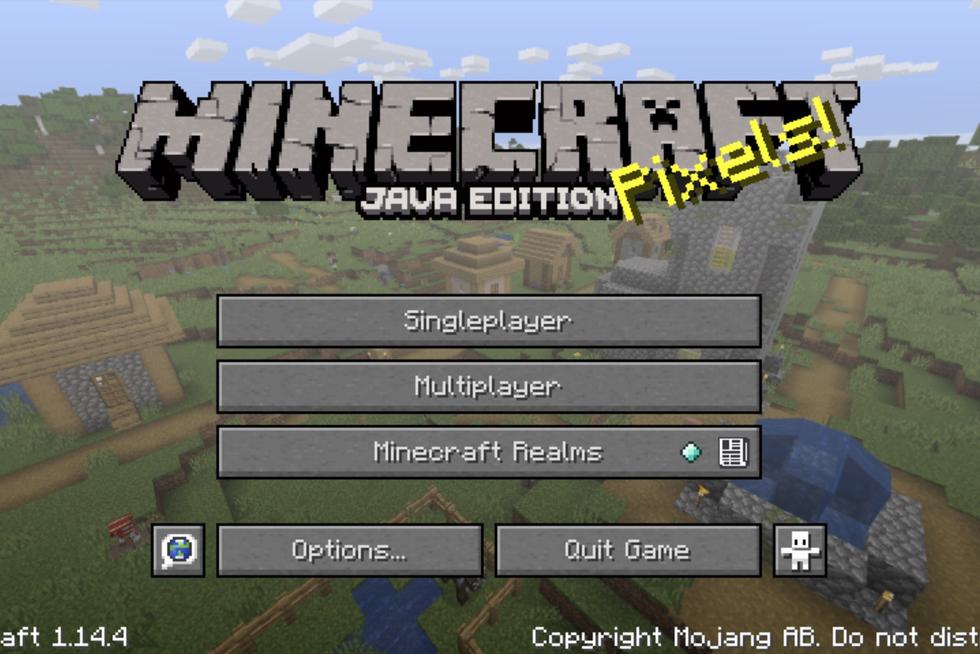
Peter Mawhorter, instructor in computer science laboratory, along with Christine Lam ’19, Hannah May ’21, and Ohana Turbak (Mount Holyoke ’20) created a research poster, “The Mechanics of Colonialism in Minecraft” (2019). They explored the colonial ideologies spread through popular culture and how colonialism in Minecraft manifests at the level of procedural rhetoric.
-
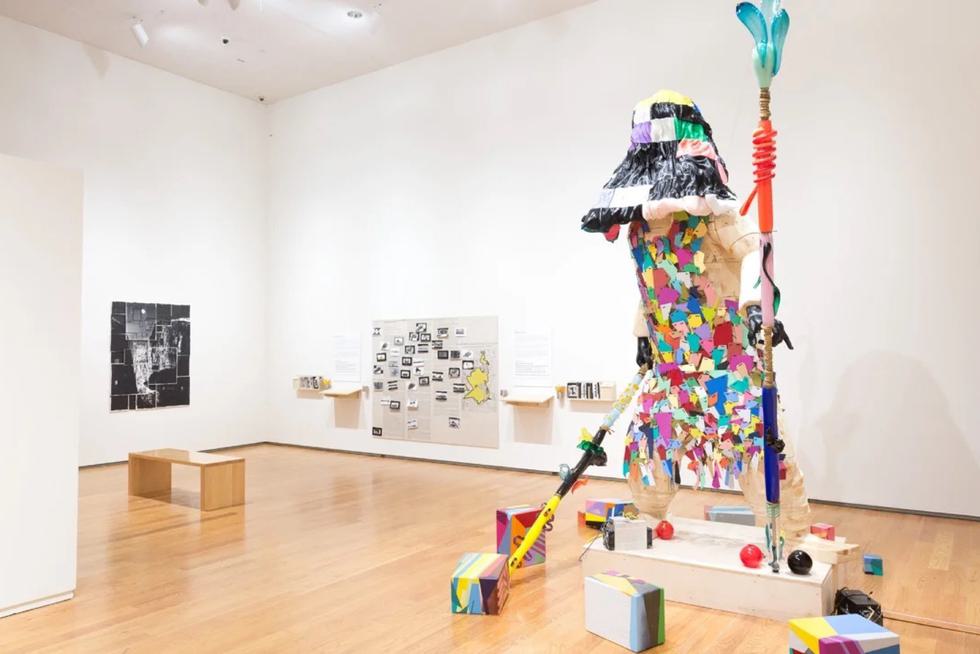
In the Art Department, Professor Dave Olsen explores self-defense in the face of threatening change with Survival Robot (2020). This sculpture combines wood shaped with the woodshop’s CNC router, steel, enamel, a cascade of 3D printed PLA “hair,” and six ASIC cryptocurrency miners. These materials form what he calls a symbolic “defense mechanism against the many techno-dystopian nightmares that seem to lurk behind every data breach and privacy update.”
Opportunities
In addition to the extensive opportunities offered in the Computer Science and Art Departments, this program provides specialized clubs and organizations that empower students to delve deeper into the dynamic world of media and technology.
-
Wellesley in Product
A student-run initiative, Wellesley in Product hosts designations every year, including the SPARKS designation in the spring. The club offers resources, workshops, mentorship, networking, and career exploration for a community of students interested in product careers.
-
Wellesley Game Development Club
This student-run club supports future game developers and enthusiasts. Alongside regularly scheduled game nights, students can learn the basics of the Unity game engine, C# scripting, narrative design, and animation. This club is open to all—no prior experience needed!
Beyond Wellesley
Beyond Wellesley
Thanks to the continued emergence of digital technology, information systems, and visual communications, MAS majors have a wide variety of career options. Many graduates work in the software and product design industries. Others build careers in mixed media, art, advertising, IT, and engineering.
Recent Employers






Media Arts & Sciences Program
106 Central Street
Wellesley, MA 02481
